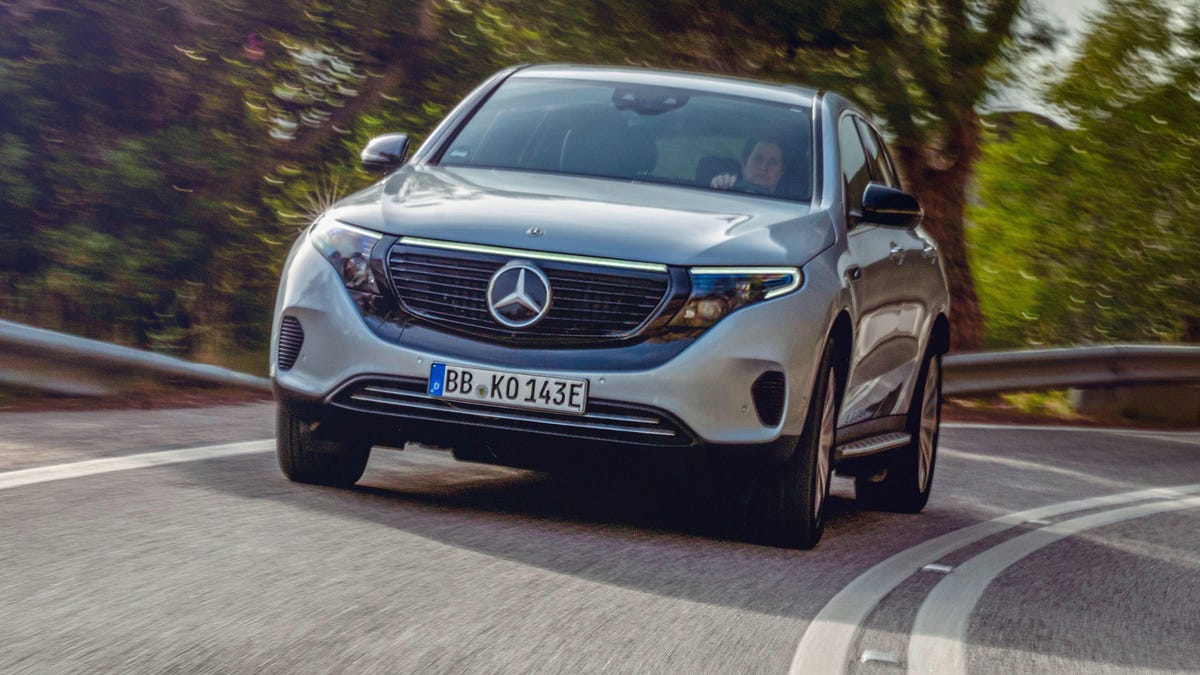Mercedes-Benz wants a carbon-neutral car fleet by 2039
It'll take more than just a bunch of EVs to make this happen.

Carbon dioxide is on every automaker's mind. Some have announced their intentions to make specific plants carbon-neutral in an effort to reduce the emissions required to build vehicles, but Mercedes-Benz's newly announced plans take that a step further, aiming for complete carbon neutrality of its vehicle fleet in 20 years' time.
Mercedes-Benz on Monday unveiled its Ambition2039 project. This initiative wants to make the automaker's passenger car fleet entirely carbon neutral by 2039. At the same time, it wants to make electrified vehicles, comprising EVs and plug-in hybrids, more than 50 percent of its sales by 2030.
The effort will start with its manufacturing facilities. The upcoming "Factory 56" addition to its Sindelfingen plant in Germany will produce luxury and electric vehicles and will be carbon neutral from its outset. It will then rely on renewables and other efforts to push carbon neutrality to its other European plants by 2022. Part of its carbon-reducing efforts will focus on recycling, as well, with Mercedes claiming up to 85 percent of its vehicles could be recycled.
The EQC is only the beginning.
There's also the matter of suppliers, which could still pollute as they create components for cars. To that end, Mercedes-Benz said it will work with its current suppliers on ways to reduce carbon dioxide output. The automaker will also consider carbon targets in contracts with future suppliers, making sure that everybody's on board with the same end goal.
Vehicles themselves obviously factor into the equation, too. Starting with the EQC, Mercedes-Benz hopes to introduce a number of new battery-electric or PHEV vehicles in the coming years, with the aim of making those kinds of vehicles a majority of its sales by 2030. The company is also working to adapt trucks and buses to greener powertrains, in addition to furthering development of hydrogen fuel cells to offer buyers a little more choice.
It's a big effort, that's for sure. And even if Mercedes-Benz misses its target by a few years, the important part is that the company is making the effort. Whoever reaches this target first will prove it can be done in a way that's not financially ruinous, perhaps spurring other automakers to start a race for carbon neutrality. Slapping solar panels on a factory roof is an excellent start, but in order to really achieve something, there needs to be way more moving parts involved.

